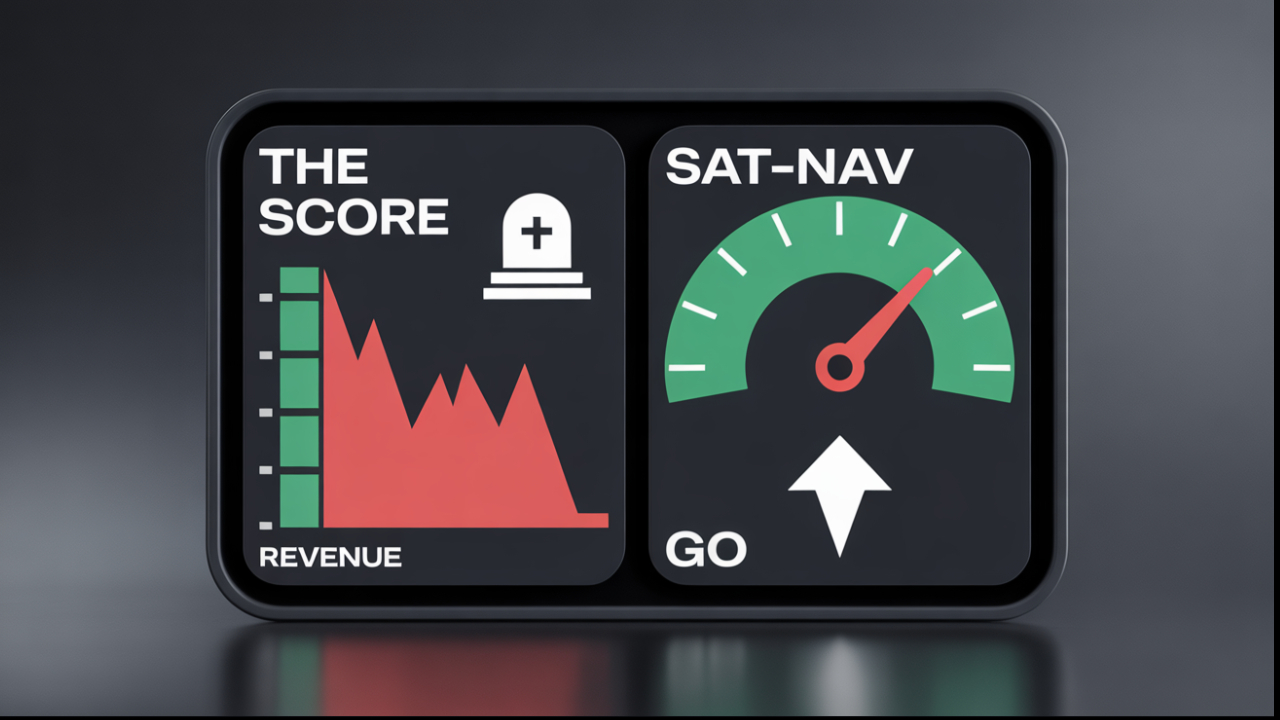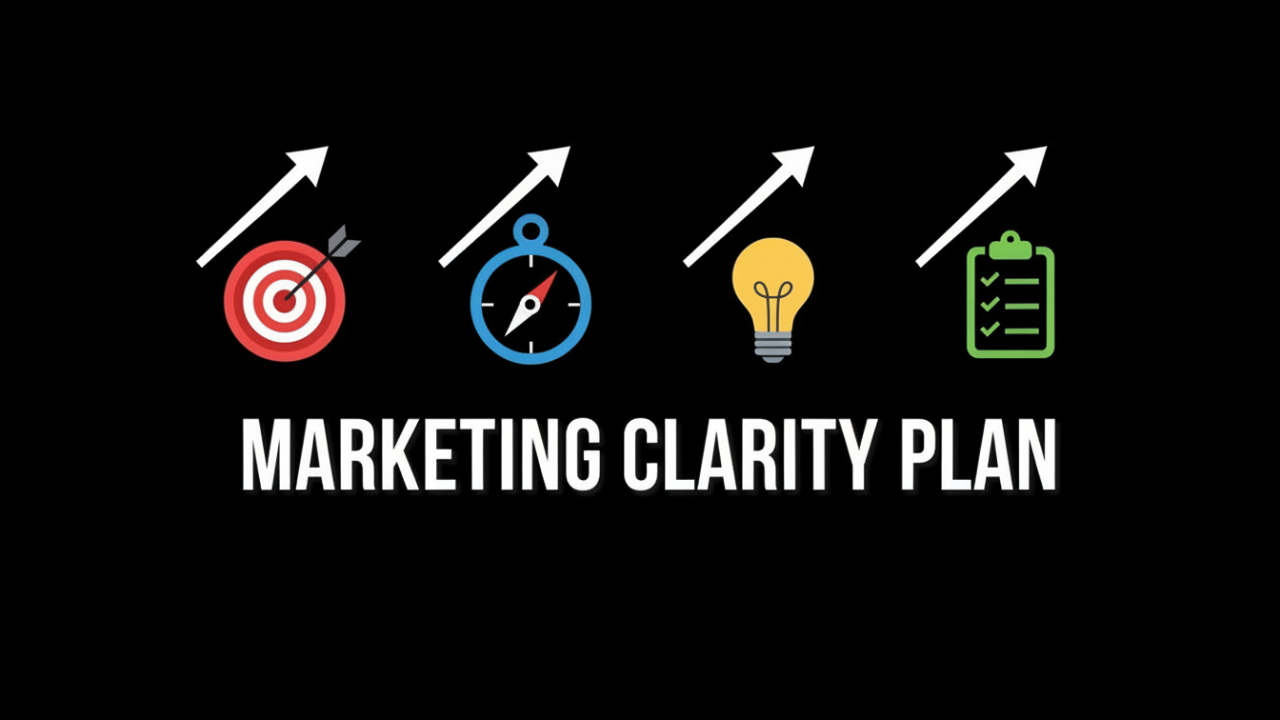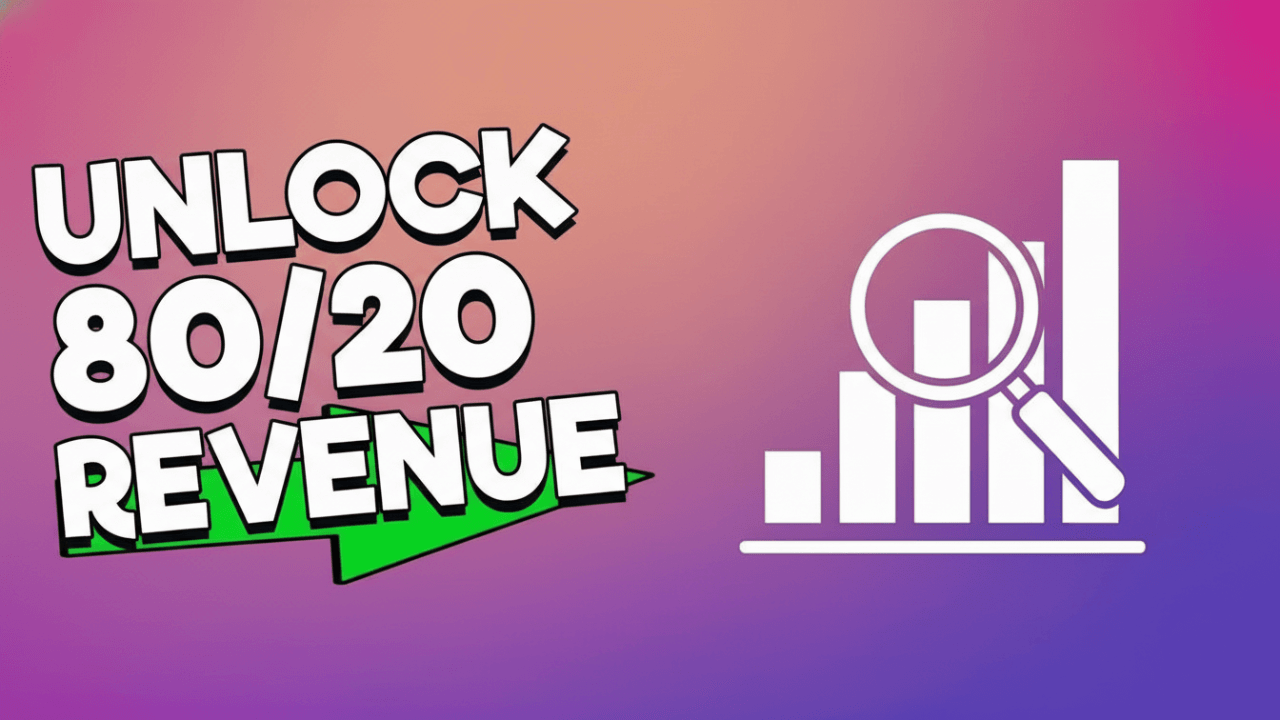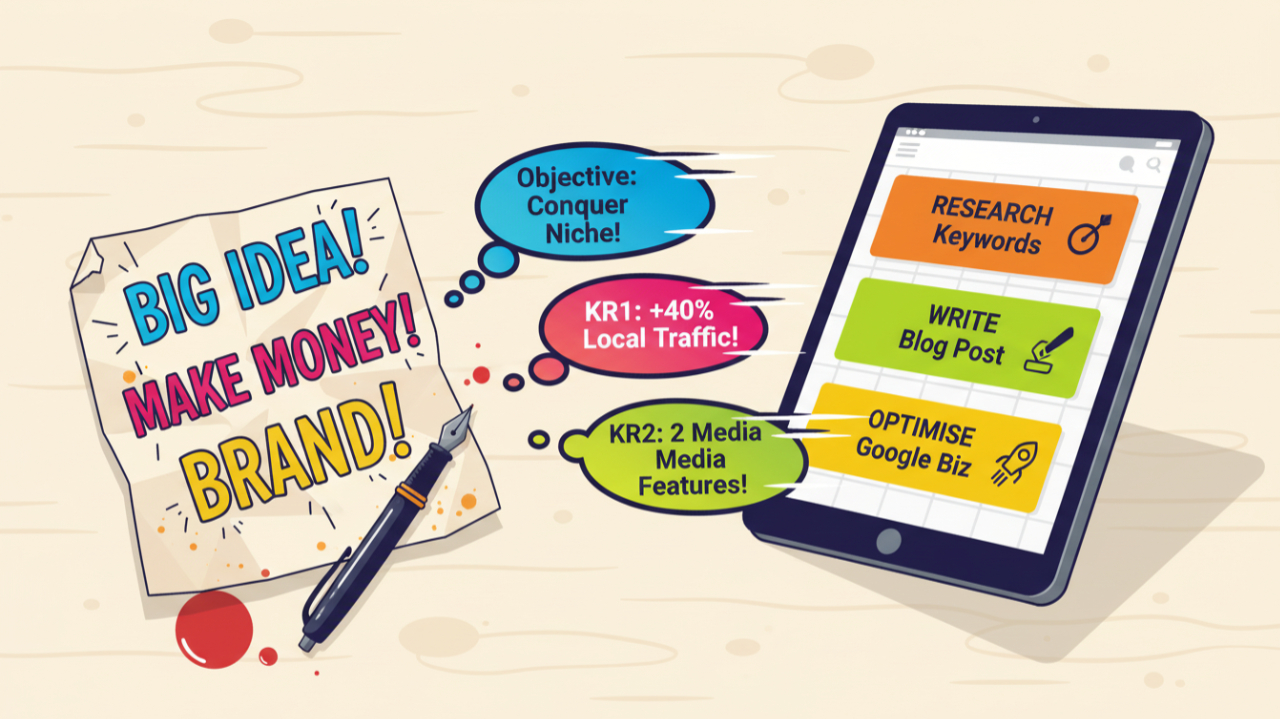Stop Rowing Alone: The Simple Process That Aligned an Entire Manufacturing Team in 3 Months
Ever have that feeling in your business? It’s not that things are bad. The lights are on, orders are coming in, people are busy. Still, a subtle but constant sense of things not quite running smoothly lingers in the background. It’s the sound of a team that’s not quite pulling in the same direction. Sales is chasing a big new contract while production is struggling to meet existing deadlines. Finance is trying to cut costs on materials that operations desperately need to maintain quality. Everyone is working hard, but it feels like you’re wading through treacle.
You, the owner, have the vision in your head. You know where the business needs to go. But getting that vision out of your head and into the daily actions of every single team member… well, that’s another story entirely. It can feel like you’re the only one rowing, while everyone else is busy looking at the scenery.
To be honest, this is a story we hear a lot. It’s the story of a mid-sized UK manufacturing company we started working with a few months back. They were successful, bustling, and, if we’re being frank, a little bit adrift. They had a fresh vision for growth, but it was just an echo in the boardroom. We worked with them for 90 days, and in that time, we saw them go from a state of quiet confusion to one of laser-focused, aligned execution. It wasn’t magic. It was a process. And I want to walk you through it, because I think there’s something in their journey for every business owner who feels like they’re trying to conduct an orchestra where every musician is playing from a different sheet.
The Starting Point: An Honest Look in the Mirror
Our journey began with what we call a Business Evaluation and Diagnostic session. Now, I know what that sounds like. It sounds like consultants coming in with clipboards to tell you everything you’re doing wrong. That’s not it at all. Think of it more like getting all your key people in a room for the first truly honest conversation you’ve had in years.
The entire leadership team was there. The head of operations, the finance director, the sales manager, the founder. The only rule was that everything had to be put on the table. The processes that everyone knew were broken but nobody wanted to admit. The latent tensions between departments. The brilliant ideas that had been forgotten in the noise of daily firefighting. It was a bit intense at first, as you can probably imagine. There’s a natural tendency to defend your own turf.
But then, something shifted. As we started mapping everything out, looking at the business from every single angle, the walls started to come down. The operations manager finally heard, really heard, why the sales team was promising certain delivery times. The finance director saw the direct impact of a budget cut on the production line’s ability to innovate. It wasn't about blame; it was about understanding the entire system.
From this, we created what was essentially a ‘heatmap’ of the business’s health. It was a simple, visual way to see where things were glowing red with friction and where there were cool blue spots of untapped potential. We could clearly see which teams were aligned with the big-picture growth goals and which, through no fault of their own, were accidentally working at cross purposes. For the owner, it was like putting on a new pair of glasses. The vague feeling of misalignment was replaced by a crystal-clear picture of the specific things that needed fixing. It was a collective sigh of relief. Finally, everyone was looking at the same map.
The Workshop: Where a Plan Was Forged, Not Presented
With the facts on the table, the next step was a facilitated breakthrough workshop. If the diagnostic was about understanding the past, the workshop was about designing the future. Again, I can sense the scepticism. Another off-site day with stale sandwiches and trust falls? We’ve all been there. But a workshop is only as good as its purpose, and the purpose here was incredibly specific: to turn that shared understanding into a shared plan of action.
This is where we introduced a tool we call the Vision to Action Matrix. It’s not as complicated as it sounds. It’s basically a framework that forces you to connect your big, ambitious goals to what someone is actually going to do at 9 a.m. on a Tuesday. We took the company’s grand vision, that ‘echo in the boardroom,’ and asked a simple question to each department head: “In the next 90 days, what is the one tangible, measurable thing your team can do to move us closer to that vision?”
The answers were fascinating. It wasn't about vague aspirations like ‘improve efficiency.’ It was concrete. The production manager said, “Success for me is getting 98% of shipments out on time for our two biggest customers.” The sales manager said, “Success is reducing our quote turnaround time by 24 hours.” Suddenly, the vision wasn't just a poster on the wall. It was a set of real, co-created outcomes.
We spent the day doing scenario building and cross-functional planning exercises. We got the sales and production teams to literally map out the journey of an order together, from the first phone call to the final delivery, identifying every single friction point along the way. You could almost hear the pennies dropping around the room as people realised, “Oh, so that’s why that happens.” It was the moment the team shifted from thinking in terms of ‘my department’ to ‘our goal.’ It was messy, it was challenging, and it was the most productive day they’d had all year.
The Power of One Page: Turning Complexity into Clarity
The single most powerful artifact to come out of that workshop was a one-page business plan. Not a 50-page document destined to gather dust in a filing cabinet. A single sheet of A4 paper. This, I think, is a game changer for any small or medium-sized business. Your strategy shouldn't need a table of contents.
This one-page plan became the company’s living, breathing constitution for the next 90 days. It was simple, clear, and relentlessly focused. It contained just three things:
A Clearly Defined ‘North Star’ Metric: We took the most important goal that emerged from the workshop and made it the headline. For them, it was: “Deliver 98% of on-time shipments for Customers A & B.” Everyone, from the forklift driver to the finance assistant, knew this was the number one priority. No question.
- Three Supporting Strategic Priorities: Beneath the North Star, we listed the three critical things that had to happen to achieve it. Each priority was broken down into a handful of weekly actions, and crucially, each action had a single person’s name next to it. Not a department. A person. The power of direct ownership is something you can’t overestimate.
- Visible KPIs for Every Initiative: We agreed on how we would measure progress for each priority. These weren’t vanity metrics; they were hard, objective numbers that were updated every single week and displayed on a screen in the main office for everyone to see. Total transparency.
This single piece of paper changed everything. It eliminated ambiguity. It stopped people from getting distracted by ‘good ideas’ that didn’t contribute to the main goal. If a new task or project came up, the team had a simple filter: “Does this help us hit our North Star?” If the answer was no, it was put on the back burner. This plan became the rallying point that turned a collection of siloed efforts into a focused, unified force.
Keeping the Fire Lit: The Rhythm of Real Accountability
Now, a great plan is a wonderful thing. But we’ve all seen them die a slow death in the weeks after a big, energetic meeting. The enthusiasm fades, old habits creep back in, and the day-to-day whirlwind takes over. A plan without a pulse is just a wish list.
To prevent this, we built a rhythm of accountability right into the process. We scheduled short, sharp check-in meetings at 10, 30, 60, and 90-day intervals. These weren't your typical, soul-destroying progress meetings. They were high-energy, focused sessions with a clear agenda.
- The 10-Day Check-In: This was a quick huddle. Are we off the starting blocks? Has everyone completed their first week’s actions? Are there any immediate roadblocks we didn’t anticipate? It’s about building that initial momentum.
- The 30-Day Check-In: This was a deeper dive. We reviewed the KPIs. Where were we seeing green shoots of progress? Where were we stuck? This was the moment to tackle obstacles head-on. One team was struggling with an overloaded schedule, so we worked right there in the meeting to re-prioritise and get them the support they needed. It sent a powerful message: no one is left to fail alone.
- The 60 and 90-Day Reviews: These meetings were about reviewing results, celebrating wins, and learning lessons. We visualised the progress on charts, which was a huge motivator. Seeing the on-time shipment metric creep up from 85% to 90%, then 95%, created a real buzz. It made the effort tangible. These sessions weren’t about ticking boxes; they were about making the plan breathe, adjusting tactics, and keeping the energy high. This relentless rhythm is what turns good intentions into actual results.
The Win: Not Just a Ticked Box, a Transformed Business
So, what happened at the end of the 90 days? The numbers were great. They didn’t just hit their North Star metric of 98% on-time shipments for their two key customers; they exceeded it. We also saw a 15% lift in productivity across their frontline teams, which they credited directly to the new clarity and streamlined action plans. People just weren't wasting time on the wrong things anymore.
But to be honest, the most significant changes weren't on the spreadsheet. The whole feel of the business had changed. The low-grade hum of inefficiency had been replaced by the focused buzz of a team that knew exactly what it was doing, and why.
We heard from staff that they finally felt clear on their roles and how their work contributed to the bigger picture. There was less duplication of effort, fewer "just checking in" emails, and more proactive problem-solving happening on the shop floor without needing management approval. The leadership team themselves were no longer just fighting fires; they were strategically guiding the business, using the one-page plan as their map.
The vision that had been a quiet echo was now a tangible reality, not because of some grand, sweeping change, but because of a structured process of diagnosis, focus, and relentless follow-through. They didn't just achieve a 90-day goal; they built a new muscle for alignment and execution that they could use again and again.
What’s the Hum in Your Business Telling You?
Looking back on that journey, the lesson is simple but profound. Team alignment isn’t an accident, and it’s not a result of hiring ‘the right people.’ It’s the outcome of a deliberate, focused, and sometimes uncomfortable process of getting honest, getting clear, and then holding each other accountable to a shared, simple plan.
It’s about moving from a business that runs on assumptions and siloed knowledge to one that runs on shared data and shared goals. It’s about trading the complexity of a hundred different priorities for the powerful simplicity of a single North Star.
So, take a moment and listen. What’s the hum in your business telling you? If it’s the sound of a team pulling in slightly different directions, maybe it’s time to stop rowing harder and start making sure everyone is rowing together, towards the same shore. It’s about creating a unified force that moves with purpose and clarity, ensuring that every effort contributes to the overarching vision.
Our
Vision-To-Action Programme
is designed to embed this exact approach, transforming strategy into concrete, motivating OKRs and KPIs that teams buy into and deliver on. If you want your goals to move from PowerPoint to real-world results, discover how the programme can accelerate your vision today.
Additional Resources:
For further material on related topics, consider exploring the following:
Your vision is too important to let it slip away. Don’t stay stuck, watching your strategy gather dust on the whiteboard while urgent tasks take over. If you’re serious about transforming your business vision into purpose-driven action and real results, let’s talk.
Take the first step:
Book a no-obligation, honest conversation with Adam at New Way Growth. No sales pitches, just a genuine chat about your goals and the obstacles holding you back.
Reclaim your team’s momentum, energy, and confidence.
Contact us
now and let’s turn your business strategy into unstoppable progress.
Phone: 0330 311 2820
We look forward to helping you discover your unique path to growth, strategies that fit you - not the other way round.
Pay It Forward! Sharing Is Caring!











